Calendars &
related matters of spacetime.

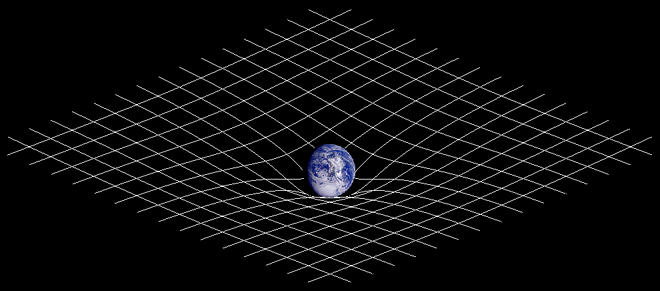

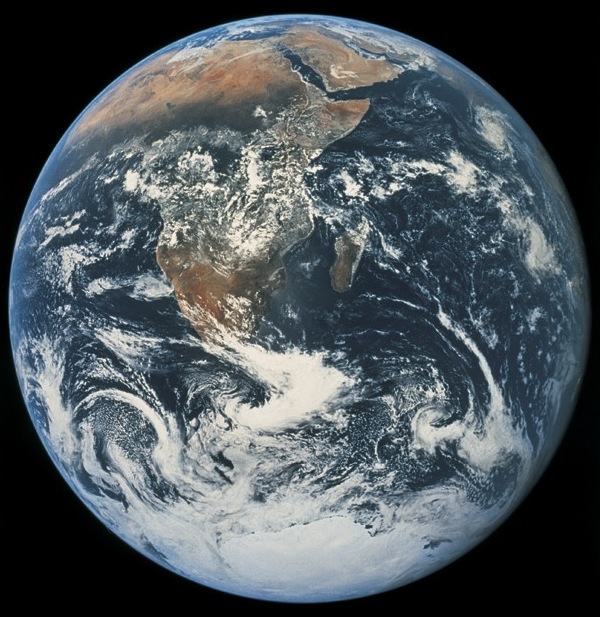
"The nature of the Earth's rotation in space makes it ripe . . ."
"Because of the different orbits that affect our lives –ours around the sun and the moon around us – there are choices to make when constructing a calendar."
Neil Shubin, (2013), p. 58-59.
Lunar, meaning the moon
The moon moves about the Earth, rotating on its axis as it revolves in an orbit.
Actual:
27.3 days is the duration of the moon's orbit – approximately the same duration as its rotation on the lunar axis.
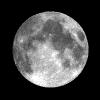 Appearance:
Appearance:
29.5 days is the average length of the Lunar cycle or month
[ The difference is because the Earth has moved as the moon is revolving and moving around the Earth. ]
The variation on the lunar month, is actually more difficult than the average suggests, while it is no longer than thirty days nor shorter than twenty-nine days within those boundaries there remains considerable alternation such that after thirty, sixty, ninety, or one-hundred and twenty years any fixed solar (annual) / lunar (monthly) calendar becomes less and less accurate when matched with clusters of stars in the heavens.
Solar based calendars rely on the duration of the earth's orbit as it moves elliptically about the sun.
"The problem is that you can't synchronize the Lunar Calendar with a seasonal, or solar, one. The number of lunar cycles does not correspond easily to the number of seasonal ones."
Neil Shubin, (2013), p. 59.
Actually another problem for sun based calendars has to do with the fact that as the Earth orbits the sun, the sun moves about the galactic center. That dual orbital movement means that there are two ways to measure a solar year because in one revolution of the Earth, the sun also ever so slightly has been moving. Astronomers note that there is a twenty minute difference between measuring the year based on the movement of the sun, background stars, and Earth, as opposed to just measuring the duration of the year with respect to the Earth's revolution.
The sun makes a complete traverse of the galactic center in from 225 to 250 million years, so our star's movement in an annual sense is slight, but detectable.
 "The Earth spins slower and slower with each passing moment, making days longer now than in the past. As the planet rotates, the water in the oceans moves about and serves to brake the spin of the planet. That is why today is .05 milliseconds longer than yesterday.
"The Earth spins slower and slower with each passing moment, making days longer now than in the past. As the planet rotates, the water in the oceans moves about and serves to brake the spin of the planet. That is why today is .05 milliseconds longer than yesterday.
"Fossil corals are silent witnesses to the lengthening of days."
Neil Shubin, (2013), pp. 62-63.
Earth has revolved in an elliptical orbit of 365.25 days to move around [a revolution] our star, called the sun.
But 400 million years ago – based on fossil coral evidence from that era – the days were 22 hours in length and the year was 35 days longer; lasting 400 days.

Egyptian reckoning of time.
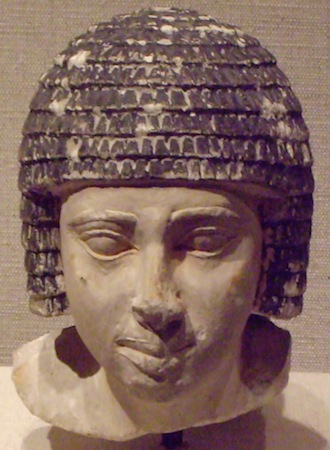 The rise and fall corresponding to the flood and drought times along the Nile River so preoccupied Egyptian life that there is evidence of water clock in lower Egypt 4000 years ago as chronometers. There exists ten cataracts along the Nile from Khartum, in the south at the confluence of the Blue Nile, to the delta, in the north at the Mediterranean Sea. An historian of ancient Egypt writes: "Thus in the middle of the summer the river gradually rises so high that the banks can no longer contain the vast quantity of water and mud. The river overflows slowly, and after some months slowly retreats into its bed." A Before the building of the dams at Aswan, the river had a continuity revealed here.
The rise and fall corresponding to the flood and drought times along the Nile River so preoccupied Egyptian life that there is evidence of water clock in lower Egypt 4000 years ago as chronometers. There exists ten cataracts along the Nile from Khartum, in the south at the confluence of the Blue Nile, to the delta, in the north at the Mediterranean Sea. An historian of ancient Egypt writes: "Thus in the middle of the summer the river gradually rises so high that the banks can no longer contain the vast quantity of water and mud. The river overflows slowly, and after some months slowly retreats into its bed." A Before the building of the dams at Aswan, the river had a continuity revealed here.
"The stream begins to rise in the beginning of June; it becomes a mighty torrent by the end of July; from the end of September to the end of October the river reaches its highest level, after which time it retreats more and more rapidly. In January the streams back once more in its old bed, but it goes on subsiding until summer."
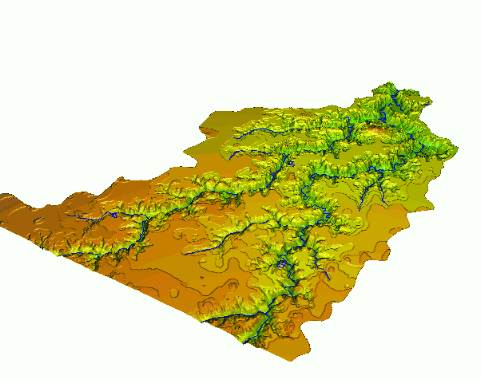
". . . we can easily understand why the old Egyptians should fix their New Year's day on the 15th of September, the time of the highest Nile."
A more reliable means of determining monthly and annual periods was to observe the sky.
The early Egyptians followed the Babylonians who divided the day into twenty-four hours.
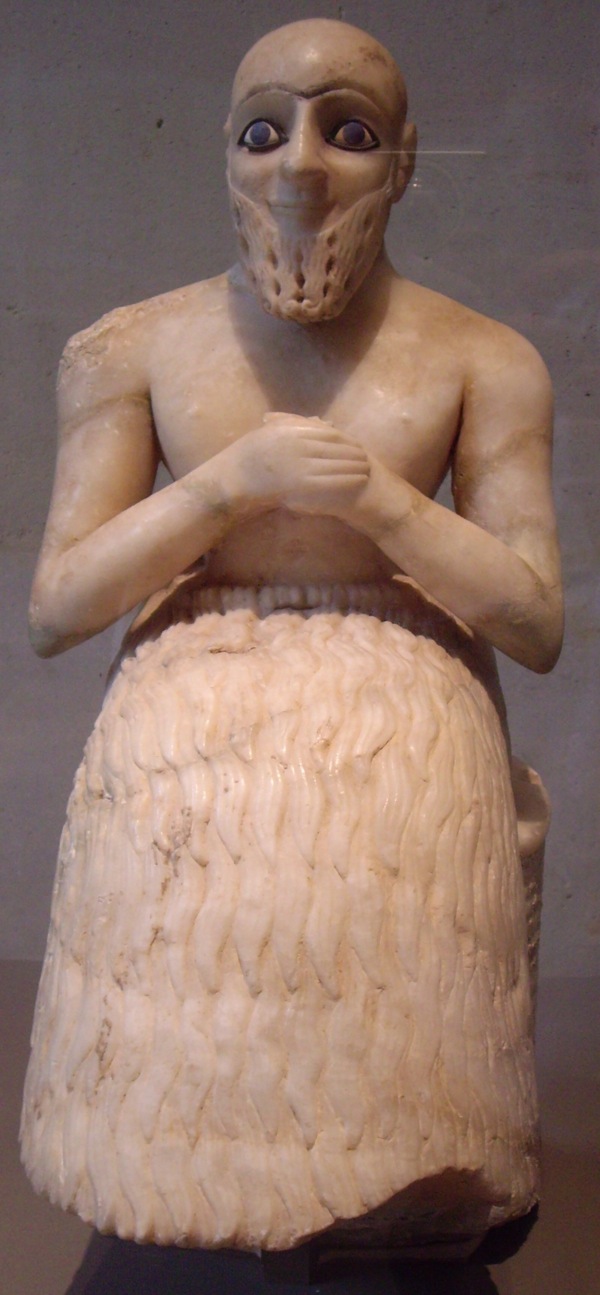 The ancient Sumerians 1 who occupied the Tigris and Euphrates river valleys watched the evening sky with great accuracy and developed the basis for astronomical metrics and terminology. They were able to forecast the return of spring by the shape of the star clusters in the heavens. The Babylonians devised a sexagesimal system of numbers based on six; and thus divided each hour into sixty minutes.
The ancient Sumerians 1 who occupied the Tigris and Euphrates river valleys watched the evening sky with great accuracy and developed the basis for astronomical metrics and terminology. They were able to forecast the return of spring by the shape of the star clusters in the heavens. The Babylonians devised a sexagesimal system of numbers based on six; and thus divided each hour into sixty minutes.
These Sumerians developed the first calendar, which they adjusted to the phases of the moon. The month began at sunset, with the first visible (thinnest) crescent of the New Moon, which is visible about 18 hours after conjunction or about 36 hours after the disappearance of the Old Moon's thinnest crescent. In addition the Sumerians counted five planets and created the zodiac; that is a series of one dozen star clusters that we call constellations.
Zodiac, after the Greek word for sculpted animals, stood for 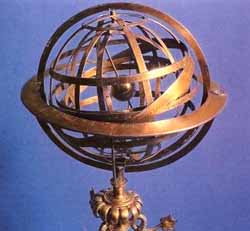 the stars associated with these twelve parts of sky; or three constellations in each of the four quadrants. These are the association of stars that appear to be the locations from which the five wandering bodies in the heavens (planets) and then the sun and the moon appear with some regularity. The sun appears daily, the same shaped moon appears every 28 and a fraction days, and the planets appear at different intervals.
the stars associated with these twelve parts of sky; or three constellations in each of the four quadrants. These are the association of stars that appear to be the locations from which the five wandering bodies in the heavens (planets) and then the sun and the moon appear with some regularity. The sun appears daily, the same shaped moon appears every 28 and a fraction days, and the planets appear at different intervals.
An Armillary Sphere [shown at the right] with the wide band of the zodiac at an angle running between the tropics of Cancer (north) and Capricorn (south) above and below the equator, that line dividing the Earth into two equal half spheres.
At Ugarit in Syria on May 3, 1375 B.C.E. there survives a clay tablet with the account of the earliest recording of a total Solar eclipse by the moon ( like this at Rapa Nui, 2011 shown below* ).
*A new historical dating of the tablet, and mention in the text of the visibility of the planet Mars during the eclipse as well as the month in which it occurred enables us to show that the recorded eclipse in fact occurred on 5 March 1223 BC. 2.
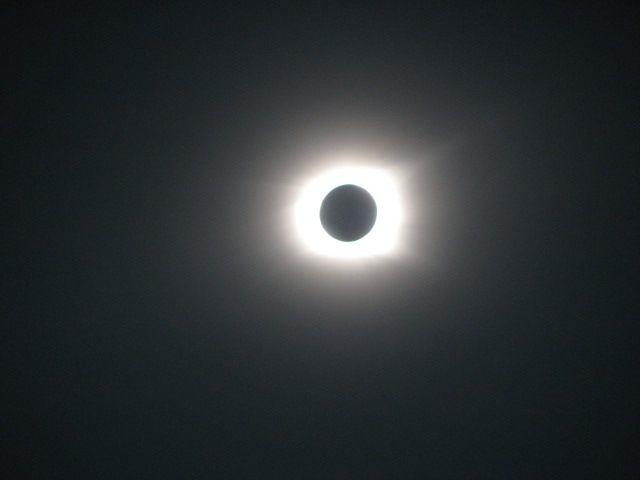

Roman calendars were peculiar to the location until Julius Caesar brought uniformity from these customary devices for the reckoning of months in the year.

The high priests until 46 BCE would announce the changes in the 355 day Lunar calendar on the days when the moon was observed to have changed shape. Thus the nones occurred when the first quarter of the moon was apparent in the night sky. The "kalends" was associated with the occurrence of a new moon and the ides happened when the moon was full. By the decade of the 40s BCE the summer's months were coming in the spring when reckoned by the stars. When the sun appears in the constellation Aries, then spring is reckoned by the heavens. Even with a 355 day calendar (ten days short of the sun's apparent passage) and a month added every three years (equal to thirty days) the accumulation of the fraction of a day over many years caused the errors to accumulate until summer months were falling in the spring. So Julius Caesar created the Julian reform calendar based on Sosigene's observations, the Egyptian astronomer, who had calculated the solar year to be 365 and one quarter - more or less - days.
Julian
Caesar's reckoning of the year had a leap day (an added extra day every three years, yet this correction to bring solar and lunar observations into some synchronous relation did not work.
That is because after 126 years that fraction of a day's length in the duration of the Earth's orbit was unaccounted. This meant the loss of another day. Thus after a 1000 years the difference between the calendar date of the beginning of spring and the appearance of the Sun in the spring constellations of the zodiac (Aries) would not match.

Gregorian
on October 4, 1582 the dates had to be reset, the day became October 11th.
√ The Protestant nation's fearing Papal intrigue waited until 1752 to keep pace with Rome's calendar. So for the years 1582-1752 dates for events in different parts of Europe based on the prevailing religious faith, are different.
 Thus, it can be observed that, "Time and tide wait for no" one
, unless, of course they are a religious fanatic who resists the need to reform our dates on the calendar with the auspices observed in the sky above.
Thus, it can be observed that, "Time and tide wait for no" one
, unless, of course they are a religious fanatic who resists the need to reform our dates on the calendar with the auspices observed in the sky above.
return to top of
the section
Then the details get very complicated because spacetime "is what it is!"
"The angle that sunlight hits the planet changes at different parts of the orbit."
Neil Shubin,2013, p. 59.
Earth
Precession
of the equinoxes:
The Earth is tilted on its axis of rotation to 23.5? degrees from the perpendicular.
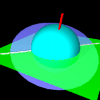
Because the Earth's axis slowly wobbles there is a precession of the equinoxes, meaning that the vernal equinox moves through all the constellations of the Zodiac over a 26,000 year period.
Terms to understand:
A. Watch on the Nile River "The days of inundation were, however, days of anxiety and care."
Adolf Erman, Life in Ancient Egypt. New York: Dover Books, 1971. pp. 9-10.
1.
Sumerians, residents of Sumer, the name for the delta of this river system, in the south where the Tigris and the Euphrates converge at the head of the Persian Gulf. The landscape is that of reed swamps, estuarine marshes, and flood plains edged by levees; residents here have been called the Marsh Arabs.
It has been suggested by specialists that new stone age (Neolithic) farmers began occupation between 3500 and 3100 BCE in this valley. By 3100 BCE there is evidence consisting of casting bronze, oxen pulled plows, and astronomical tables.
T. DE JONG & W. H. VAN SOLDT, "The earliest known solar eclipse record redated." Nature 338, 238 - 240 (16 March 1989); doi:10.1038/338238a0
return
to top of the page

Appearance:
"The Earth spins slower and slower with each passing moment, making days longer now than in the past. As the planet rotates, the water in the oceans moves about and serves to brake the spin of the planet. That is why today is .05 milliseconds longer than yesterday.




 The rise and fall corresponding to the flood and drought times along the Nile River so preoccupied Egyptian life that there is evidence of water clock in lower Egypt 4000 years ago as chronometers. There exists ten cataracts along the Nile from Khartum, in the south at the confluence of the Blue Nile, to the delta, in the north at the Mediterranean Sea. An
The rise and fall corresponding to the flood and drought times along the Nile River so preoccupied Egyptian life that there is evidence of water clock in lower Egypt 4000 years ago as chronometers. There exists ten cataracts along the Nile from Khartum, in the south at the confluence of the Blue Nile, to the delta, in the north at the Mediterranean Sea. An 
 The ancient Sumerians
The ancient Sumerians  the stars associated with these twelve parts of sky; or three constellations in each of the four quadrants. These are the association of stars that appear to be the locations from which the five wandering bodies in the heavens (planets) and then the sun and the moon appear with some regularity. The sun appears daily, the same shaped moon appears every 28 and a fraction days, and the planets appear at different intervals.
the stars associated with these twelve parts of sky; or three constellations in each of the four quadrants. These are the association of stars that appear to be the locations from which the five wandering bodies in the heavens (planets) and then the sun and the moon appear with some regularity. The sun appears daily, the same shaped moon appears every 28 and a fraction days, and the planets appear at different intervals. 
 Thus, it can be observed that, "Time and tide wait for no" one
, unless, of course they are a religious fanatic who resists the need to reform our dates on the calendar with the auspices observed in the sky above.
Thus, it can be observed that, "Time and tide wait for no" one
, unless, of course they are a religious fanatic who resists the need to reform our dates on the calendar with the auspices observed in the sky above.

